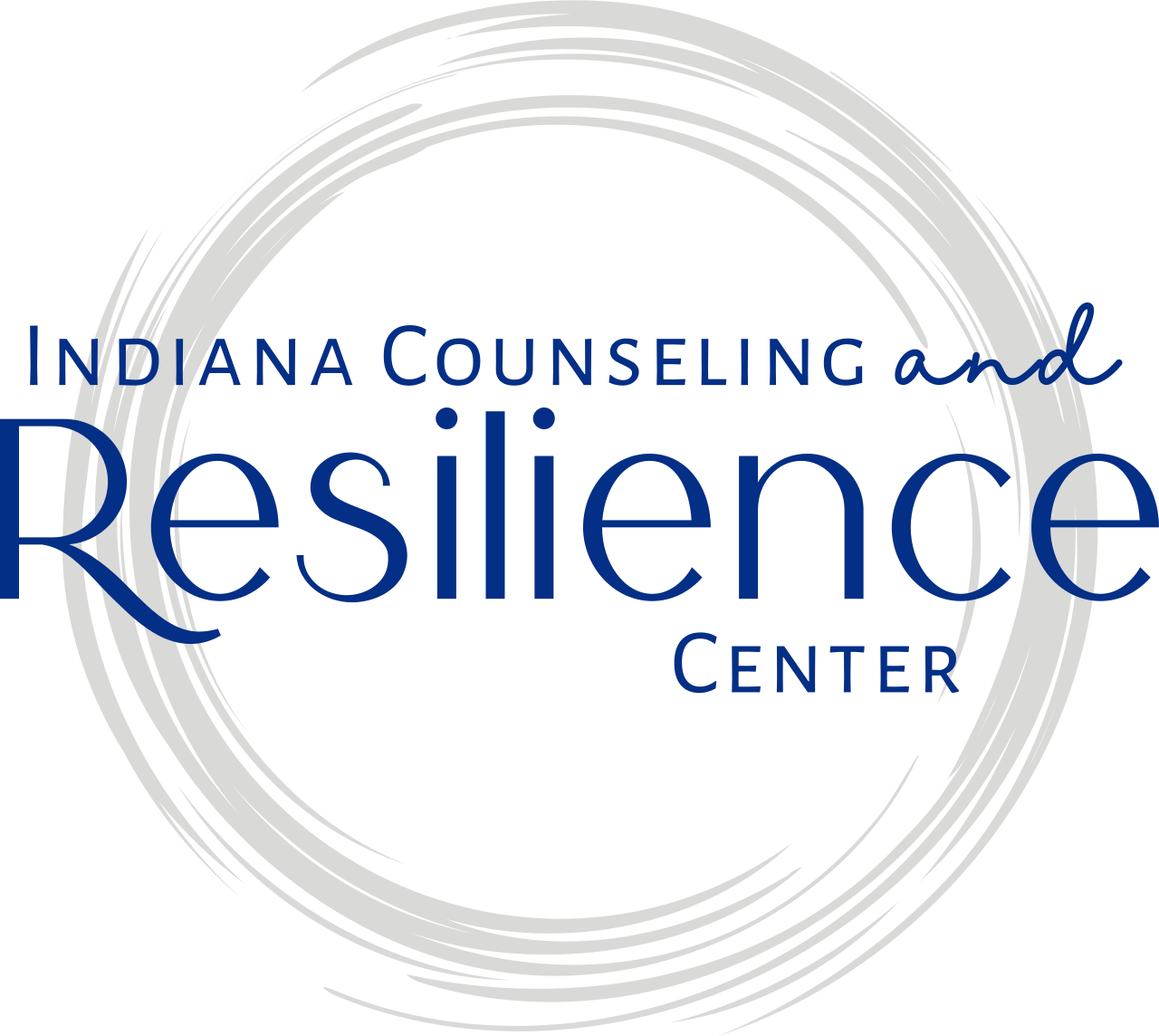Understanding Anxiety: Explained by an Anxiety Therapist in Indianapolis IN
If you have an important life event approaching or a difficult decision to make, you will likely experience apprehensive expectations. Anxiety or worry about something going wrong. Anxiety is common, and not necessarily a bad thing. According to the Yerkes Dodson Law, a certain level of anxiety is good for motivating us to action. A little anxiety helps us know what we need to pay attention to, and at times warns us of a potentially dangerous situation.
So, how do you know what’s too much or too little anxiety? Well, according to the DSM-5 (The Diagnostic and Statistical Manual of Mental Disorders), anxiety is excessive worry (i.e. apprehensive expectation) that is experienced more days than not, for at least 6 months. This worry is accompanied by at least 3 of 6 symptoms. Which include: feeling keyed up or restless (physically and/or mentally), being easily fatigued, irritability, difficulty concentrating, muscle tension, and sleep disturbance (e.g. difficulty falling or staying asleep, unrestful sleep). To be considered a clinical disorder, this excessive worry leads to significant disruption to work, school, relationships, and/or other areas of life.
Here’s What Anxiety Symptoms May Look Like, in real life. . .
Dreading upcoming situations or expecting the worst to happen, despite knowing that you will enjoy certain events or activities, due to the uncertainty or inability to control a situation.
Worrying excessively over what might happen. Knowing that you are doing this, but struggling to stop.
Spending significant time over-analyzing decisions that need to be made. Or ones that were already made–overthinking.
Inability to be mentally present at times, or most of the time. When anxiety overwhelms us, we may go on autopilot, feel scatterbrained, or even have our minds go blank mid-conversation.
Difficulty falling asleep due to worries or ruminating thoughts. Trouble staying asleep as our bodies struggle to fully shut down. Wake up after 8-plus hours still feeling exhausted.
Feeling jittery or hyper-aware of everything around you. Your body is in survival mode due to perceived worries or fears, and therefore unable to relax.
Other Anxiety Symptoms
Inability to be mentally present at times, or most of the time. When anxiety overwhelms us, we may go on autopilot, feel scatterbrained, or even have our minds go blank mid-conversation.
Difficulty falling asleep due to worries or ruminating thoughts. Trouble staying asleep as our bodies struggle to fully shut down. Wake up after 8-plus hours still feeling exhausted.
Feeling jittery or hyper-aware of everything around you. Your body is in survival mode due to perceived worries or fears, and therefore unable to relax.
Sweating, fidgetiness, and increased heart rate. Or stomach aches, tight neck, and shoulder muscles, or headaches. Physical or somatic symptoms can sometimes be the strongest indication of anxiety.
Feeling stretched thin, like one more thing on your plate will push you over your tipping point. This can make it hard to engage in self-care and even tend to our own basic needs.
Feeling like life situations or information is too hard to process, or everything going on around you is too much to take in. Sensory overload can be a red flag of anxiety.
Feeling easily set off, snippy, easily angered, for no apparent reason. Excessive worry can take much, if not all, of our mental and physical energy, leaving us with a low threshold for dealing with life’s many little (and BIG) annoyances.
It’s Important to Note That There Are Different Types or Subtypes of Anxiety.
The most common is Generalized Anxiety Disorder (GAD). GAD includes symptoms noted above with worries focusing on many different things. Other types of anxiety are focused on specific worries. Such as social situations, panic, separation, etc. Social Anxiety includes worry or fear that is focused on embarrassing yourself in front of others. This could include fears related to any social situation. Public speaking, eating in front of others, being watched while performing a sport, speaking in casual conversation, etc. Panic Disorder involves panic attacks along with fear of experiencing a panic attack. Separation Anxiety, which is typically seen in children and adolescents, is fear of being separated from loved ones.
No matter the type of anxiety, it is important to consult with an anxiety therapist. If anxiety, worry, and fear are preventing you from living the life that you want.
Interested in More Support With Anxiety Therapy in Indianapolis, IN?
Take that courageous first step by seeking out a skilled anxiety therapist at Indiana Counseling and Resilience Center. Together, we can develop effective strategies to reduce stress and help you regain control of your life. Remember, you deserve a peaceful and fulfilling future, and anxiety therapy can be a powerful tool to help you achieve it. Follow these three simple steps to get started:
Contact us to schedule an appointment for anxiety therapy
Begin meeting with one of our skilled anxiety therapists
Start managing your anxiety symptoms in a healthy and positive way!
Other Services Offered at Indiana Counseling & Resilience Center
At Indiana Counseling & Resilience Center, our team wants the best for our clients and we want to support you in any way we can. So, in addition to anxiety therapy, our skilled team of skilled and caring therapists specializes in trauma & PTSD counseling, couples counseling, and EMDR therapy. We offer our services both in-person and online in the state of Indiana. For more about us check out our FAQs!






